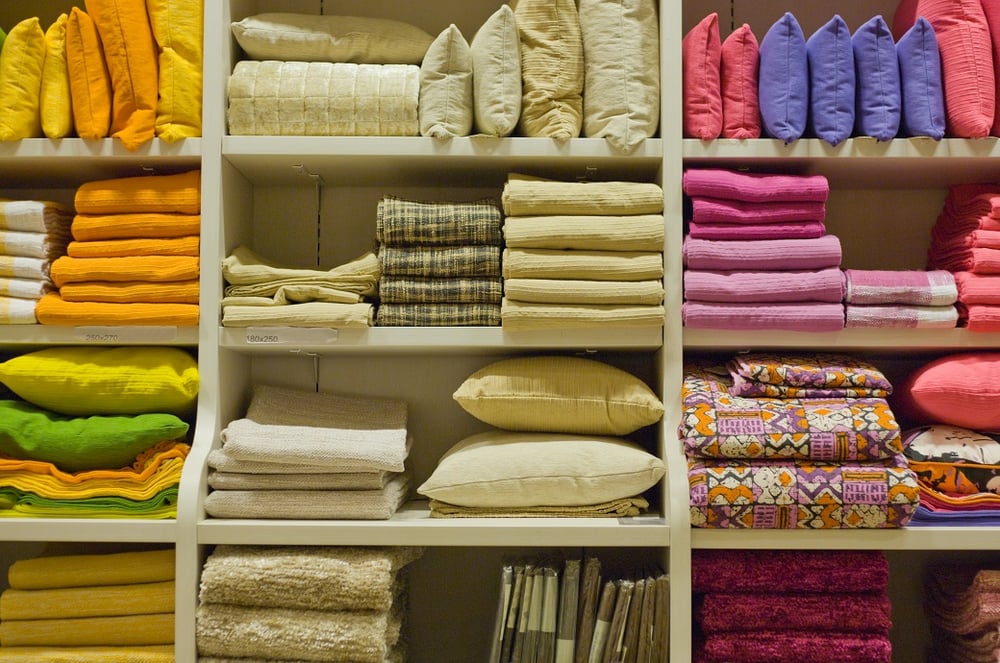Bangladesh can become an example of a protective global supply chain, providing a model that can be adopted by countries around the world. It has been almost seven years since the Rana Plaza factory disaster, killing more than 1,100 workers, mostly young women, and injuring 2,500 others.
More broadly, there is a need for fresh approaches to address labor rights in Bangladesh and elsewhere. Buyers need to acknowledge how their own business models – which put a premium on lowest cost and fastest turnaround – often exacerbate pressures on local factory owners and harm workers. These global brands must also move away from the punitive policing model that currently places blame on local suppliers whenever factory auditors spot a problem. Instead, there is a need for a more collaborative model, one that emphasizes greater communications and cooperation between buyers and suppliers, and shares responsibility for the well-being of workers.
Bangladesh’s readymade garment industry is the second largest in the world and a major supplier to Europe. Since 2008, Bangladesh apparel exports have more than tripled, garment sector exports account for 82 per cent of all exports from the country. This tremendous growth has helped fuel the country’s economic development and cut the level of extreme poverty to half since 2000.
Bangladesh can show the way in global supply chain
- 1
- 2
- 3
- 4
- 5
- 6
- 7
- 8
- 9
- 10
Home Textile Exports: A revival story across India, Pakistan & Bangladesh
The home textile industry, once a bright spot in global exports, faced a slump for over a year. However, there... Read more
China's luxury e-com boom fizzles as shoppers drive up returns
China's luxury e-commerce market, once a golden goose for high-end brands, is facing a new challenge: skyrocketing return rates. Shoppers... Read more
Dynamic growth and evolution of the women’s apparel market
The Women’s Apparel market stands as a dynamic force within the global fashion industry, embracing a plethora of clothing and... Read more
Bangladesh shifts cotton sourcing from India to Africa, as it impact global cott…
Bangladesh, the world's second-largest garment exporter after China, is undergoing a significant shift in its cotton import strategy. Traditionally, India... Read more
Global Apparel Trade Slowdown: Waning consumer demand paints bleak economic pict…
Wazir Advisors April 2024 report on global apparel trade paints a worrying picture, with major markets like the US, EU,... Read more
China's fabric exports to India shrink with rising domestic demand
While China remains the world's leading textile producer, its grip on India's fabric import market appears to be loosening. Data... Read more
Levi's makes big bet on DTC sales, embraces baggy denim trend
Levi Strauss & Co. (Levi's) is experiencing a positive shift in its business strategy, with a strong focus on direct-to-consumer... Read more
Fashion InStyle, Home InStyle showcase lifestyle trends and sustainability effor…
The Hong Kong Trade Development Council (HKTDC) is hosting a week-long extravaganza of lifestyle products and creative industries, featuring two... Read more
Shenzhen Underwear Fair (SIUF) Wraps Up Showcasing Expanding Focus: Beyond linge…
The 2024 China (Shenzhen) International Brand Underwear Fair (SIUF) concluded yesterday, April 21st, marking the end of a three-day event... Read more
H&M's shift from recycled bottle polyester and what it means for circular fa…
In a significant move Swedish fashion giant H&M has recently moved away from recycled polyester derived from plastic bottles and... Read more












